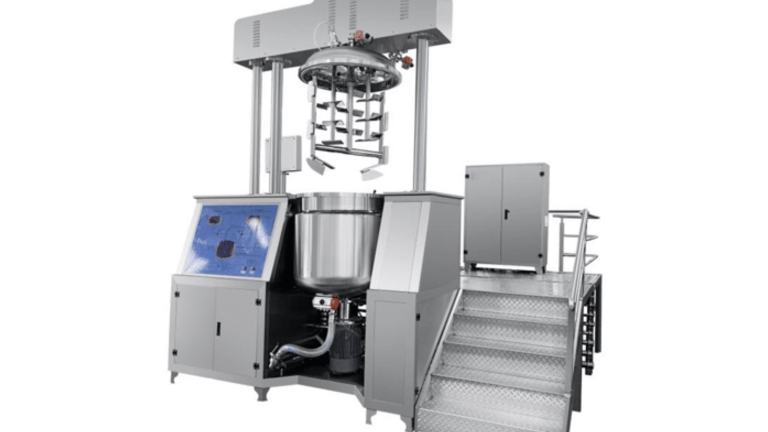You’re not alone if you’re in the market for a new fluidizer blender. There are many different options, and choosing the one that’s right for you can be unclear. But there are a few factors you need to know before you make a purchase. These include how powerful the blender is and what sort of monitoring technology is included.
Paddle blender
In the past 25 years, the use of fluidizer blenders has risen steadily. The latest incarnation uses a triple-paddle, multi-zoned rotor that produces the fastest and most accurate low Cv blends. It can also provide you with a more streamlined throughput and higher capacity than a typical ribbon blender. These machines are also a breeze to maintain and comply with most machinery directives. They are an excellent way to go for your next project, particularly in the food and beverage industry. With a wide variety of models, you can find the right equipment to meet your needs. Fluidizer mixers come in several materials, including 316L stainless steel, mild steel, and exotic metals. Some units feature dual-shaft paste mixers, and some are even vacuum mixers. Most feature a full-hinged cover for easy cleaning. If you haven’t heard of a fluidizer blender before, you may wonder what it is and why it differs from a conventional ribbon blender. The main difference is the design of the blades, which produces a more efficient counter-current flow that keeps material in the blending chamber at a constant level. Also, the multi-zoned rotor can turn faster than a traditional ribbon blender, allowing you to get more done in a given time.
Anti-gravity blender
A fluidizer blender for anti-gravity is a device that usually contains a cylindrical hopper. The type of blender used for anti-gravity applications will depend on the blended material. It is best to use a blender that matches the flow properties of the solids. Flow testing is also a helpful tool for understanding the material’s behavior. A high-speed wall agitator can help to prevent lumps from forming. However, it can also cause attrition, which can alter the surface characteristics of the solids. Likewise, a high-rpm paddle blender can produce a good blend of uniform-particle-size materials but can also sift the fine particles out of the blend. Tumble blenders are another type of device. They generate dust clouds inside the blender. These can be hazardous, especially in the case of metal powders. Besides, tumble blenders are relatively easy to clean, and their interior baffles can ensure that the overall contents of the blender remain intact.
NIR (near-infrared spectroscopy) blend monitoring
The use of NIR (near-infrared spectroscopy) in blend monitoring and control has been investigated in several studies. One of these studies used active and placebo blends to identify specific NIR peak ranges. This study also evaluated a calibration-free method to determine a blending endpoint. The blending process is a critical unit operation in the pharmaceutical industry. Its uniformity is a significant quality attribute. Therefore, it is essential to monitor the uniformity of the mixture. Several sampling points are required to achieve a high degree of accuracy in the measurement. Several physical test methods are carried out in the quality control laboratory. However, they are time-consuming and not accessible to plant operations. Because of this, a new methodology is proposed for monitoring the blending process.



